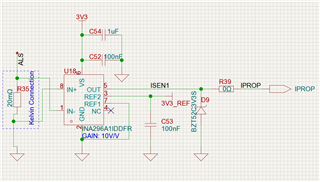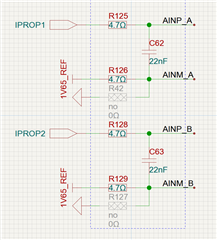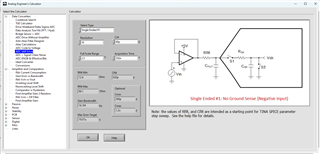Other Parts Discussed in Thread: OPA2863, INA296B, , ADS7853
Tool/software:
Hi, we would like to use ADS8355 to sample two legs of low side current of a H bridge, The current sensing are using INA296B (we will also evaluate using OPA2863 to build a low side current sense circuit) and a shunt resistor, can we connect the output pins of INA296 directly to ADS8355 via a RC network without any driver amplifier?
For OPA2963, the schematic is like TIDA-060019A
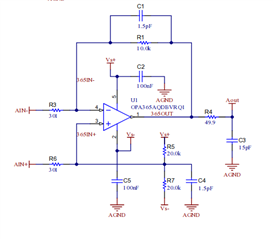
and for INA296, the schematic is like follows,
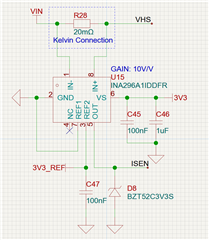
The question is that can we directly connect ISEN or AVout to ADS8355 via an RC without any driver amplifier to minimize BOM.
BTW, what is the criterion of adding ADC driver amplifier? the output impedance?


